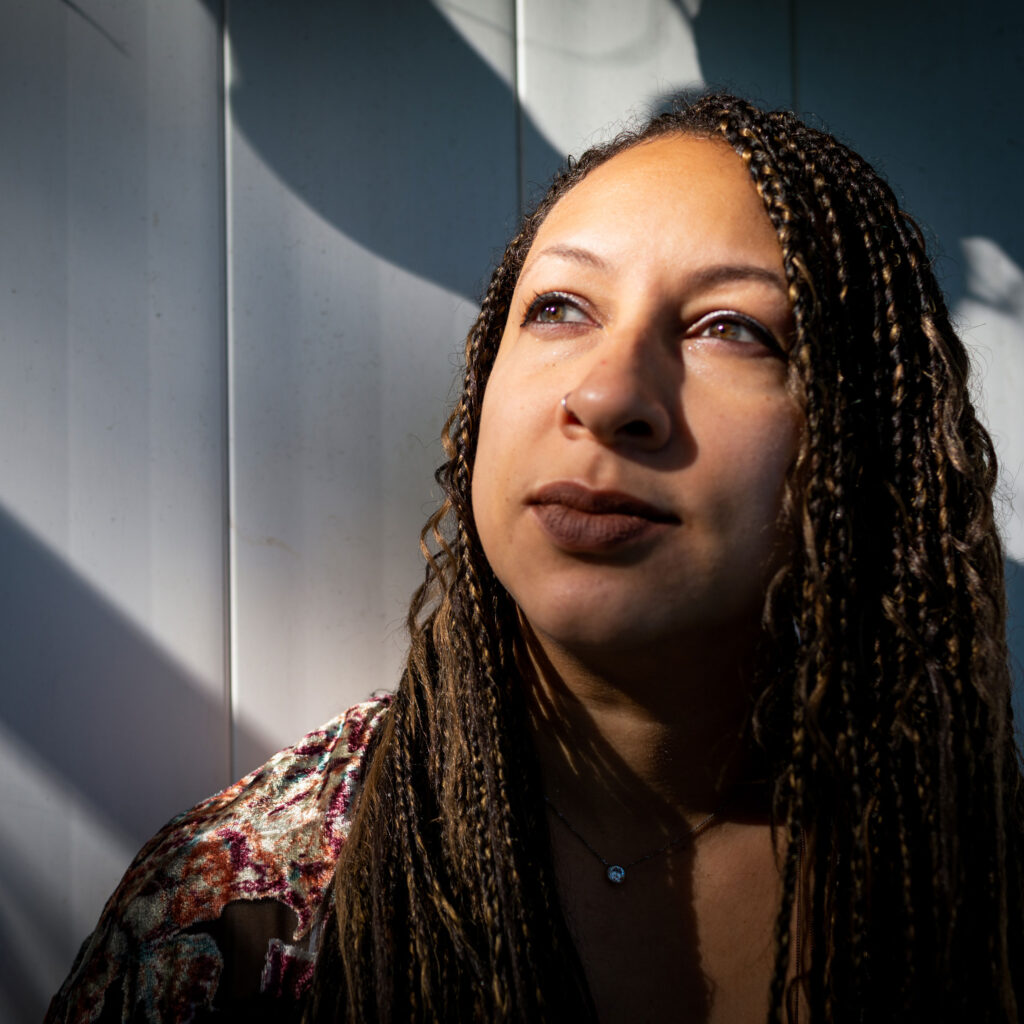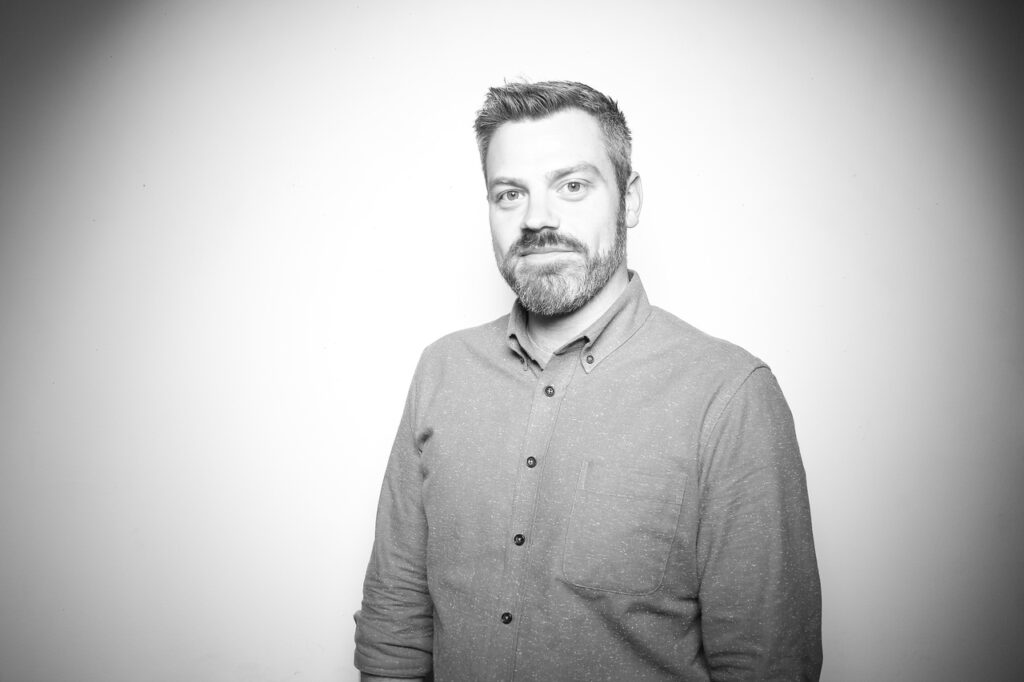America in Crisis is curated by Sophie Wright, Gregg Harris and Tara Pixley

Sophie and Greg first invited me to suggest a few photographers for the America in Crisis project in late 2020 and that original conversation blossomed into a co-curatorial one as the project expanded over time. I was immediately excited to collaborate on this work of bridging historical with contemporary images and especially intrigued to be an integral part of including the work of women, Indigenous, Black, brown and queer photographers whose perspectives were primarily missing from the source material of the original book.
I took on writing the exhibition copy for the show, which offered an opportunity to thoughtfully frame the last century of American socioeconomic, political and racial struggles for a UK audience. Attempting to do justice to the extensive array of images as well as those very complex, intertwined cultural realities proved to be a both difficult and deeply impactful experience. In particular, it was humbling to craft those various texts at the height of a global pandemic and widespread civil unrest.
There are so many photos from the show that have continued to resonate with me, but a couple in particular are standouts: Natalie Keyssar’s gorgeous captures that both memorialize and critique the white supremacist fantasy of the American Dream; and Kennedi Carter and Paul D’amato’s pastoral reconfiguring of that American Dream around the lives of Black and Latino Americans.

America in Crisis started over a WhatsApp chat that Sophie and I were on in the spring of 2020. We’d been planning a LiveLab with Magnum Photos that was scheduled to open at the High Museum of Art in Atlanta (where I’m the Photography Curator) in mid-March, but it was cancelled because of the pandemic. We were messaging about how we might reformat the LiveLab and also about the photographs of protests that were coming out in the wake of George Floyd’s murder. Sophie sent us a picture of the original America in Crisis book, which I was not familiar with at the time, with a comment that someone should redo this book. I bought a copy and was struck by how similar the photographs from the 1960s were to the photographs we were seeing in 2020. We began sending each other pictures we came across that seemed to capture the feeling of the time and realised we had a good foundation for an exhibition, so kept building from there. Most of our experience was with fine art and documentary photography, not current photojournalism, so we invited Tara to co-curate the exhibition with us since she is a scholar of contemporary photojournalism and also a Photo Editor, giving her a wealth of knowledge about how to tackle many charged issues and also many contacts in the field.
Together we realigned some of the original sections of the book to better match the current moment and began pulling together photographs from the preceding 5 years (though most were from 2020) that spoke to those themes. It was an exciting and complicated project. Not only were we trying to characterize the nuance and complexity of a turbulent and contentious time, we had to coordinate everything over time zones from Los Angeles to Atlanta to London. Lots of notes in Google Drive and Zoom meetings at odd hours. Sophie and I had both worked with the Dutch designers Kummer and Herman on other projects and loved their work. We invited them to join our team to help craft the structure of the exhibition and visual identity. They’re brilliant designers and immediately gave an unwieldy project some form. They were also able to figure out how to develop the ‘photo bandit’ which was key to the concept of the show.
Our aspiration was for the show to be mounted quickly so that the photographs still felt fresh. We thought the exhibition could be a way for people to grapple with and make sense of an incredibly challenging period. We pitched it to a number of festivals and non-profit galleries. Saatchi Gallery in London was the first to express serious interest, so we began crafting the show for their space.
I’ve worked on many exhibitions at traditional art museums, but this was one of the most gratifying curatorial experiences I’ve ever had. Our team was incredibly collaborative (despite being spread across the Western Hemisphere) and brought a number of different perspectives to the complex topics of agency, representation, narrative, and perspective that the exhibition addresses. Most of the exhibitions I work on take years to come together and they rarely feel as though they are responding to culture and politics with immediacy. America in Crisis came together very fast (a matter of months) and that brought energy, urgency, and purpose to the curatorial work that I don’t think I’ll experience again soon.
Exhibition